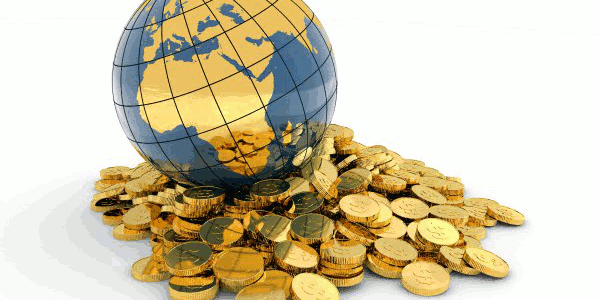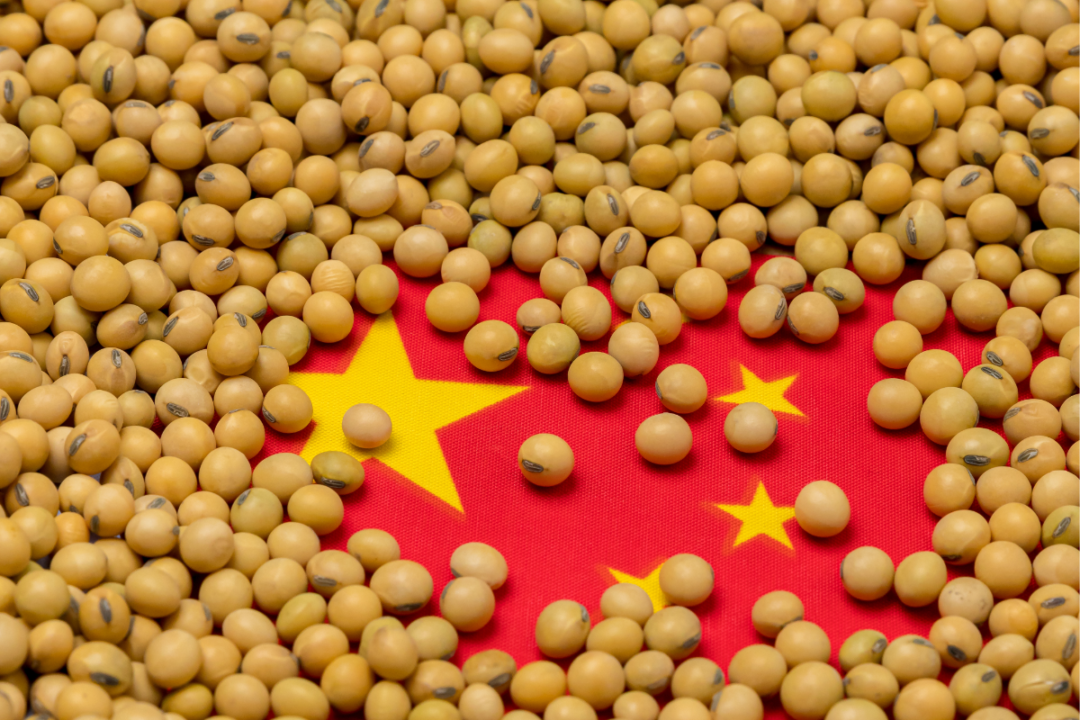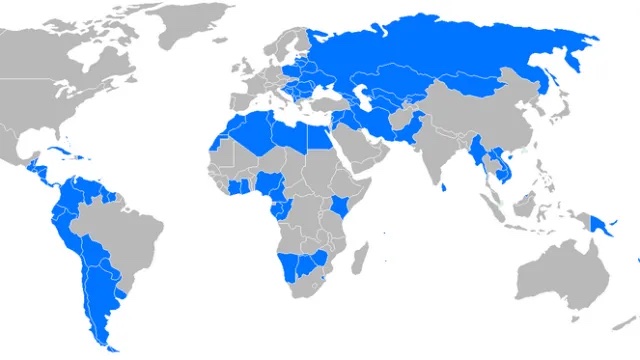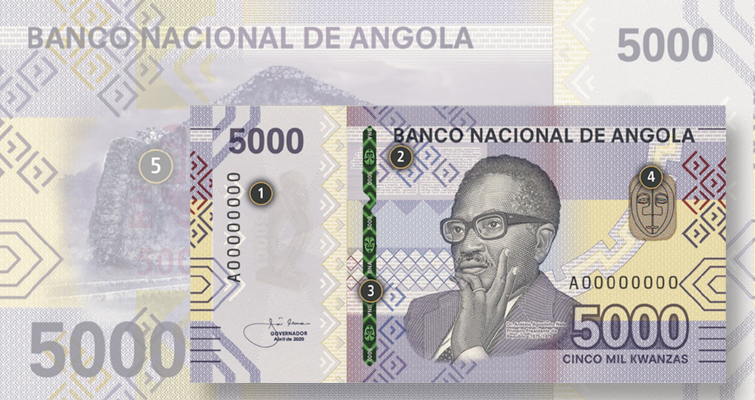Indian authorities have officially stepped in to to contain the rupee’s slide against the US dollar. Having announced new measures on September 14, more may be needed to combat ongoing dollar strength.
Government Doing Damage Control
Despite improving macro fundamentals, the Indian rupee (INR) has lost over 11 percent of its value against USD so far this year, mainly driven by external factors. The currency also remains the worst performer among its Asian emerging market peers due to a weak current account position and high dependence on oil imports.
This month, the government announced five steps to contain the sharp slide in INR and India’s growing current account deficit. Aimed at making dollar borrowing attractive for short-term capital needs and reducing outflows, the new measures mostly aim at loosening restrictions on external commercial borrowings and relaxing investment limits for foreign portfolio investors in the corporate debt market.
In addition to these capital account-focused measures, the Indian government also intends to announce curbs on the importation of non-essential items while boosting exports. But further details—especially how the government will tackle the trade deficit—have yet to be announced.
Structural Issues Remain
The government believes the new measures could lead to additional capital inflows to the tune of $5-10 billion and limit currency pressures to some degree. “A marginal improvement in INR sentiment is likely, but there is no quick-fix for the twin deficit problem and INR will remain in the crosshairs in the medium term as global headwinds remain at play,” Charu Chanana, Deputy Head of Asia Research with Continuum Economics wrote in a note to clients this week.
Given global market jitters, Chanana believes the measures are “unlikely” to attract USD inflows immediately, and will have a limited impact on the currency. In addition, financing the current account deficit by attracting dollars may only provide a short-term respite and does not directly address the structural problems facing the country.
The details of non-essential imports that may be curbed will be important. Even as this raises concerns of India turning protectionist, curbs on imports of gold and high-end electronic items will be useful in the long run. Other measures to aid structural improvements in the current account are also important. These include supporting export-oriented sectors and finding sustainable domestic sources of energy to address the over-reliance on oil imports.
However, these measures are unlikely to be announced before the 2019 general elections. Also, INR remains at risk from the possibility of the government taking a populist turn ahead of the elections. As a result, it is expected that a rise in USD/INR to 73 by year’s end and a breach above 74 remains likely ahead of the country’s elections.
Central Bank Now In The Spotlight
The Reserve Bank of India (RBI) has refrained from clearly signaling to the market about where it would draw a line on the rupee, despite the government asking the RBI to protect the currency. “We believe this suggests a lack of coordination between the government and regulators, which is further weighing on the currency,” Chanana said.
As inflation remains modest—and since the RBI has already hiked at two consecutive meetings—it is expected that the Bank will remain on hold for the rest of the year unless global conditions materially worsen. The intervention has already taken a toll on foreign exchange reserves, which fell to $400 billion in August (from a record $426 billion in mid-April) but are still enough to cover over eight months of imports
Other options, such as those exercised in 2013 (tapping non-resident Indians to replenish FX reserves and opening a special swap window for oil marketing companies), remain likely in the event of further outflows. However, Chanana said, she does not believe that these options are being considered yet.
The RBI’s real effective exchange rate (REER) measure currently suggests that INR remains overvalued on a trade-weighted basis, and is only depreciating against USD. As USD/INR approaches 74, the RBI may be more likely to use verbal intervention to prevent any speculative attacks on the currency and prop up sentiment.








